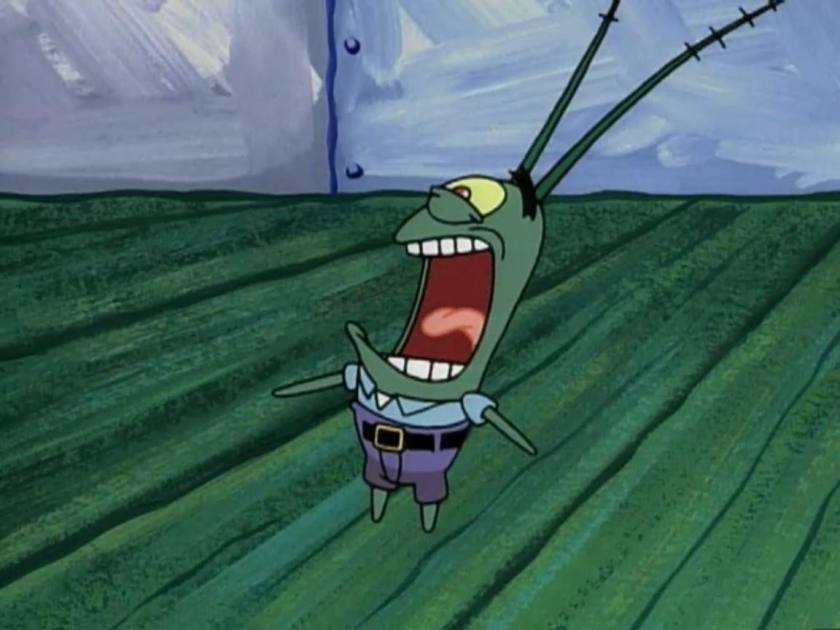
Have you ever watched Spongebob ??? Do you remember that little green character called Plankton ? But what is he really?
So Plankton is actually a very important part of water ecosystems. There are very different forms and shapes for Plankton.
This subject always gave me a headache when at school so I’ve tried to make a little introduction of what Plankton is and why in spring it becomes an even more important part of the food chain.
Plankton is a group of small water organisms that provide a crucial food resource for many other organisms varying from mollusks, fish and whales.
Many scientist study Plankton in order to identify the different species that exist in the water column around the world, in order to differentiate them and class them into these different categories:
- Phytoplankton: Lives near the surface since they are photosynthetic organisms.
- Zooplankton: Feed on other organisms like fish larvae
- Bacterioplankton: includes bacteria and Archaea
- Mykoplankton: includes Fungi. Yes!!! you heard it right: it was a shock for me at school to learn there are mushrooms-like creatures in the ocean, yet it’s better to say “Fungi”.
They are also separated by size since some plankton is microscopic and some is visible at naked eye. For example we are able to see the larvae of Jellyfish which are called Planula.
The concentration of plankton in the oceans varies due to physical changes like salinity and nutrients found in water but one of the environmental factors that increases the concentration of Phytoplankton is light.
And in spring sun light becomes stronger, increasing the concentration of Phytoplankton in the water.
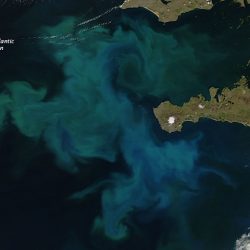
Image of Phytoplankton bloom by Nasa’s Satellite-Aqua, in 2010.
So it basically means more Phytoplankton and more food resources for other organisms.
This is one of the reasons some populations that belong to the Baleen whale group, migrate to the Arctic ocean during spring time, to feed of the Krill.
Krill is a small crustacean that feeds on, you guess it.. Phytoplankton!! So it is natural to have big concentrations of Krill during spring time feeding of these small organisms in the water.
If you are curious about plankton order to learn a little bit more about it and have better visual idea on the matter click HERE!
I hope you enjoyed this post and next time you are looking at the ocean you think about the millions of tiny organisms that inhabit it. =)












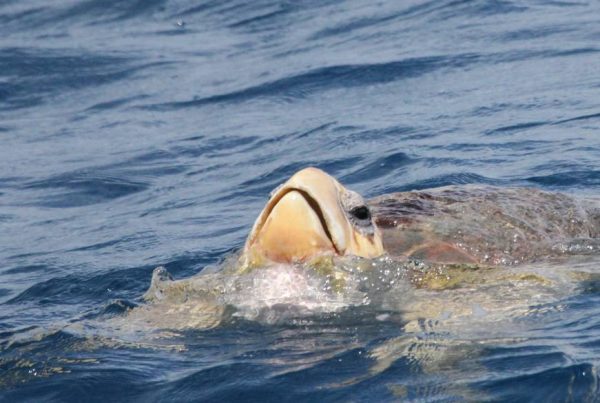
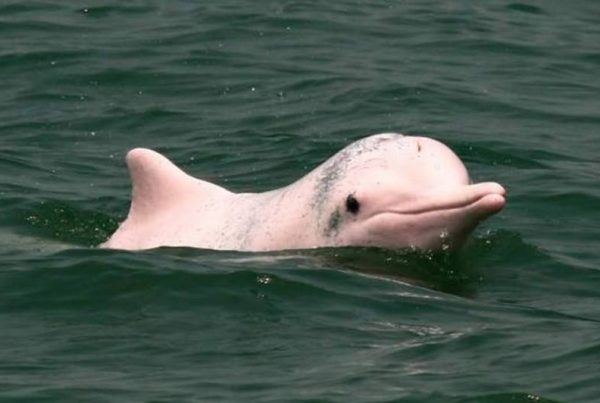
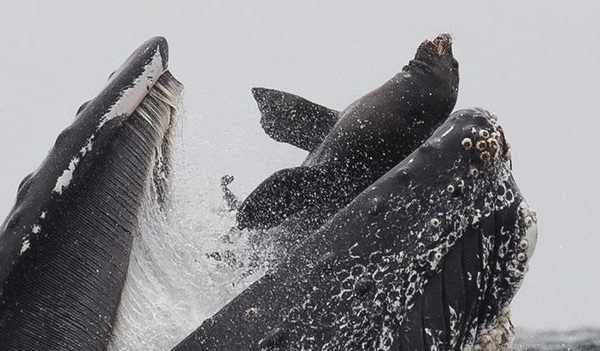



Your thoughts on this?